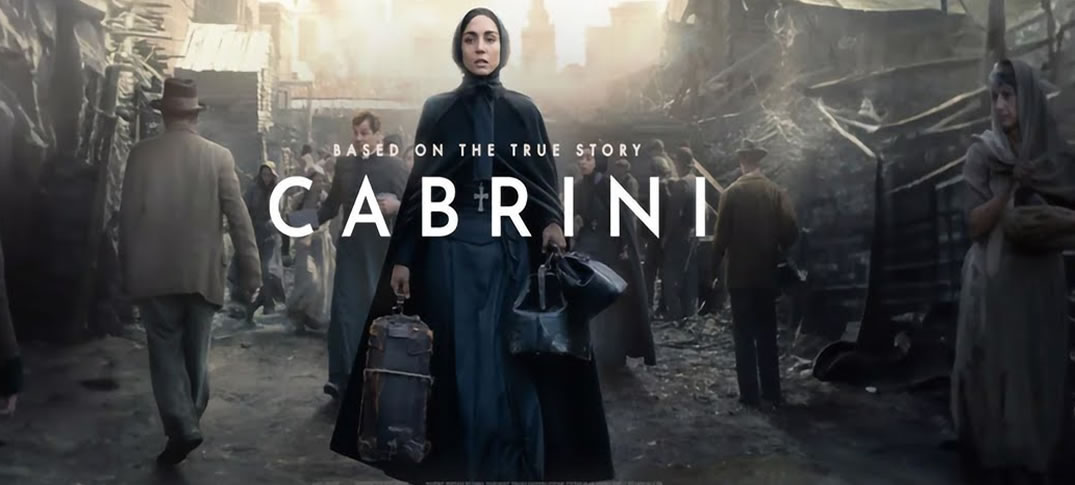Posted by American Immigration Council www.immigrationimpact.com/
Borderland: The Line Within, a documentary directed by Pamela Yates and produced by Skylight Pictures, made its theatrical debut on May 3. Borderland takes viewers through a gripping narrative of how immigration enforcement agencies—from the U.S.-Mexico border to places well within our nation’s interior—have created what the film calls the “border industrial complex,” a system “that transforms the suffering of immigrant lives into corporate profit .”
The producers of the film included footage from a raid that U.S. Customs and Border Protection (CBP) carried out on a humanitarian aid camp set up in the Arizona desert that provided water and shelter to migrants crossing the border. The filmmakers obtained videos recorded by CBP officers with the help of the American Immigration Council through a Freedom of Information Act (FOIA) request, highlighting the importance of transparency to understand CBP’s tactics.
The documentary follows the stories of Kaxh Mura’l and Gabriella Castañeda across a four-year period. Mura’l is an Indigenous Mayan and environmental defender who fled his native Guatemala to seek political asylum in the U.S. after he received death threats. Castañeda is an undocumented immigrant who lost her DACA status in the wake of the COVID-19 pandemic. Throughout the documentary, she resists U.S. Immigration and Customs Enforcement’s (ICE) efforts to deport her.
After enduring these trials, both Mura’l and Castañeda become involved in the fight for immigrants’ rights in their respective communities.
The xpMethod, a group of three digital humanitarian researchers, Alex Gil, Roopika Risam, and Manan Ahmed, weaves Mura’l and Castañeda’s stories together by working to expose the border industrial complex through data released through the FOIA in 2018.
The data analysis by xpMethod shows viewers that the government’s border enforcement apparatus is not contained to our nation’s geographic edges. The xpMethod pinpointed a dot on a map of the United States for every detention center in the country. Dots covered the entirety of the map. ICE infrastructure was ubiquitous. Perhaps what made the findings most sinister was the banality of infrastructural placement. Detention facilities were in the most mundane of places: you walk from your house to your local nail salons, strip malls, Dunkin Donuts, and you may have passed a detention facility without knowing it exists.
“The entire system, the entire economy, the entire infrastructure is built upon the process of removal,” Ahmed discusses. The visualizations exposed the true fabric of the border industrial complex. ICE infrastructure is so deeply embedded in people’s lives, landscapes, and communities that it is often invisible to the naked eye.
Footage Obtained by the Council’s FOIA
The documentary features footage from a Border Patrol raid on a No More Death (NMD) humanitarian aid camp, obtained through FOIA with the Council’s assistance. NMD is an Arizona-based humanitarian organization dedicated to stopping migrant deaths in the desert. In June 2017 , Border Patrol raided Byrd Camp in Arivaca, Arizona, and arrested four migrants receiving medical care from NMD volunteers.
In July 2020 , NMD publicized correspondence indicating that U.S. Border Patrol Union, an “anti-immigrant, extremist agency” as NMD describes, provoked the raid. Further documents also revealed the Border Patrol Tactical Unit (BORTAC), a special unit that boasts military training, was involved in the raid.
Two days after NMD called out these agencies, Border Patrol raided Byrd Camp again with a massive display of force. Without revealing a warrant, approximately 30 Border Patrol and BORTAC agents pillaged the camp. The raid involved an armored vehicle, three ATVs, two helicopters, and more than 20 marked and unmarked vehicles. The timing and exhibition of force presented a clear message to NMD volunteers – exposing Border Patrol abuses would result in retaliation.
In October 2020 , Border Patrol and BORTAC once again raided Byrd Camp. This third attack prompted the Council and Skylight to file a joint FOIA request seeking video footage recorded during these three raids and correspondence related to the operations. The request specifically expressed concern over the agents’ use of excessive force and the retaliatory nature of the raids. The Council eventually filed a lawsuit against CBP , compelling the government to finally release the footage.
The footage was crucial to the film as it shows viewers in real time the U.S. government’s excessive militarization and surveillance tactics.
“Documentary films take the viewer on an emotional journey, to a place they may not go to where they’ll meet compelling people and experience what it may be like to try to enter the country as an immigrant. We want to provoke empathy and move the audience to think and act,” film director Pamela Yates explained. Describing the violent and pervasive nature of the border industrial complex through data visualization is one part of the story. But directly featuring footage of Border Patrol’s unrestrained militarization against migrants and humanitarian aid volunteers brings it to life.
Importance of Transparency
Toward the end of the documentary, Gil of xpMethod ponders how greater transparency could potentially change history.
“What if German citizens had been aware of the infrastructure that Hitler was building before World War II? How would history have been different if citizens had greater insight into their government’s actions?”
Immigration enforcement agencies, and ICE in particular, have very limited checks and balances when compared to other militarized forces in the U.S., but control much of the U.S. landscape without its own citizens aware of this power. Publishing information received through FOIA is the first step, as Gil put it, to “take ICE out of the shadows.”


